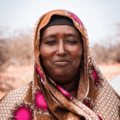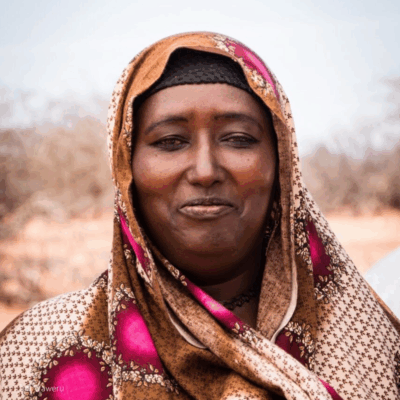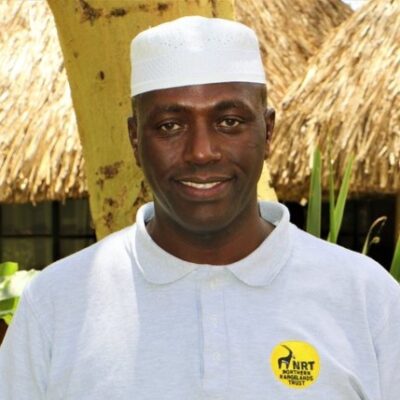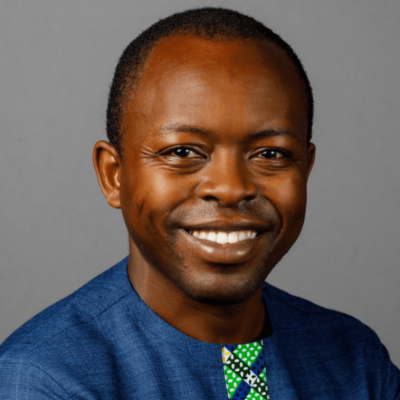Listeners:
Top listeners:
-
 play_arrow
play_arrow
118 | Kenyan Herders Say Judgement Against Them Based on Forged Signatures / Continuation of Episode 117
-
 play_arrow
play_arrow
117 | Surviving Survival Internatinal, Part 1: Kenyan Elders Call Foul on International Media, NGOs
-
 play_arrow
play_arrow
116 | From Ticking Time Bomb to Demographic Dividend: James Mwangi and Kenya's Great Carbon Valley
-
 play_arrow
play_arrow
115 | Unpacking Donald Trump's Very Weird Environmental Orders
-
 play_arrow
play_arrow
114 | Michael Greene: Carbon Cowboy or Lone Ranger? Part 1
-
 play_arrow
play_arrow
113 | The Future of Environmental Finance: Strategies for Biodiversity and Climate Solutions, with David Hill and George Kelly
-
 play_arrow
play_arrow
112 | Fantasy Football and Dynamic Baselines: New Tools for Impact Assessment
-
 play_arrow
play_arrow
111 | The False Dichotomy Between Reductions and Removals (Rerun)
-
 play_arrow
play_arrow
110| Ecological Economics, Systems Thinking, and the Limits to Growth
-
 play_arrow
play_arrow
109 | How Brazil's Quilombola Communities are Planting the Seeds of Sustainability for Small Farms Around the World, with Vasco van Roosmalen of ReSeed
Transcript
Developing countries are the most vulnerable to – and least responsible for – climate change, but new research shows that some of them can dramatically boost their economies by managing their forests, farms, and fields in ways that pull greenhouse gasses from the atmosphere.
At a carbon price of $50 for every metric ton of CO2 removed from the atmosphere, for example, Costa Rica can go beyond net-zero and end up pulling four times as much greenhouse gas out of the atmosphere as its entire economy emits right now. At that same carbon price, the Central African Republic can use NCS strategies to boost its GDP a staggering 90 percent.
Different Countries; Different Scenarios
Authored by scientists from 17 organizations, the new paper looks at 12 natural climate solutions across 79 tropical countries and identifies activities that can reduce carbon dioxide emissions by 6.6 billion metric tons per year – ore more than all of the emissions generated by the United States – at a price of $50 per ton or lower.
“We found a wide variance among countries in the types of interventions that can deliver results,” said lead author Bronson Griscom, Senior Director of Natural Climate Solutions for Conservation International. “The Solomon Islands, for example, can make tremendous gains by managing their production forests more effectively, while Kenya can make tremendous gains by doing the same with agriculture.”
The paper comes at a critical moment in human development, with humankind now actively managing more than half of Earth’s ice-free land.
“The human footprint is expanding, and the population is still growing, but the rate of population growth is declining,” says Griscom on an episode of the Bionic Planet podcast scheduled to drop on January 28. “Meanwhile, our technology – our practices for agriculture – are continuing to improve so that we can produce more food per hectare from one decade to the next.”
We have, he says, the know-how to feed the world and reduce our footprint at the same time, but it comes as climate change threatens to decimate the world’s living ecosystems.
“This is hundreds of years in the making, and we’re at this inflection point now,” he says. “Ecotopia is out there, but so is climate change with all its potential tipping points in ecosystems and looming mass migration due to societal collapse.”
It’s an all-or-nothing proposition.
“We have all of these solutions in front of us, and we have this ticking clock,” he says. “We know what to do, and we have the means of doing it, but we have just a decade to do it.”
The Decades Ahead
With so many different countries and so many different economies, he sees a phased approach where some countries move now and others follow in their wake.
“Some countries have the resources and governance to move right now,” he says. “The idea is, ‘Let’s help those countries move quickly now, and let’s invest this decade in helping those other countries to prepare for major actions.’”
Episodes
117 | Surviving Survival Internatinal, Part 1: Kenyan Elders Call Foul on International Media, NGOs
April 13, 2025
116 | From Ticking Time Bomb to Demographic Dividend: James Mwangi and Kenya’s Great Carbon Valley
February 25, 2025
115 | Unpacking Donald Trump’s Very Weird Environmental Orders
January 27, 2025
114 | Michael Greene: Carbon Cowboy or Lone Ranger? Part 1
December 6, 2024







